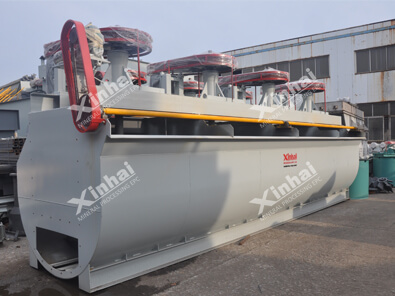What's the Price of Building a Chrome Processing Plant?
 Shirley
Shirley
 Mar 29, 2024
Mar 29, 2024
 139
139
If you want to know more details about equipment, solutions, etc, please click the button below for free consultation, or leave your requirements!
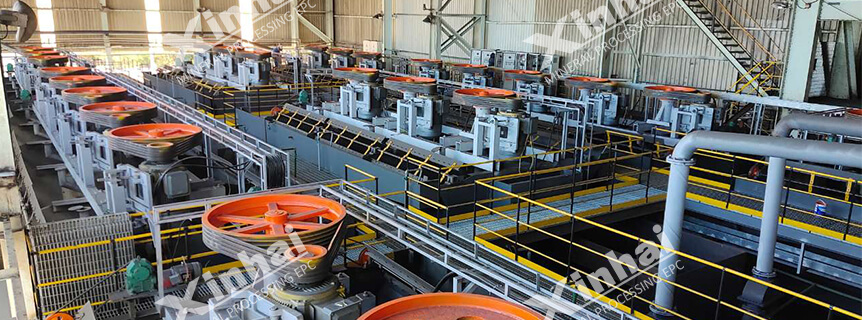
Building a chrome processing plant is a significant investment that requires careful planning, design, and execution. Chrome, or chromium, is an essential metal used in various industries, including the production of stainless steel, chrome plating, and the manufacturing of certain chemicals. The price of establishing such a facility depends on numerous factors, including the scale of the plant, the technology employed, the location, and the regulatory requirements.
In this comprehensive guide, we will explore the various aspects that contribute to the cost of building a chrome processing plant, from initial feasibility studies to the operational costs post-construction.
01Preliminary Considerations
BackBefore diving into the costs, it's crucial to understand the preliminary considerations that will influence the overall price. These include:
Scale of the Plant: The size of the processing plant will significantly impact the cost. A larger plant with higher production capacity will require more significant investments in machinery, infrastructure, and labor.
Location: The geographical location of the plant affects not only the construction costs but also the availability of raw materials and the proximity to markets. Transportation and logistics costs can vary greatly depending on the site chosen.
Technology: The choice of technology for extraction, processing, and refining of chrome will influence both the capital expenditure (CapEx) and operational expenditure (OpEx). Advanced technologies may require higher initial investments but can lead to more efficient processes and lower costs in the long run.
Environmental and Regulatory Compliance: Ensuring that the plant meets all environmental standards and regulatory requirements is essential. This may involve additional investments in pollution control equipment and adherence to strict safety protocols.
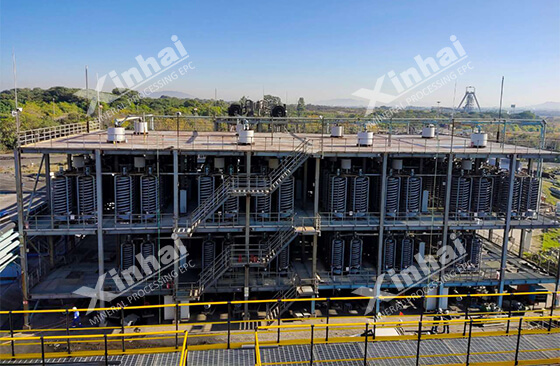
02Capital Expenditure (CapEx)
BackThe capital expenditure includes the initial costs associated with setting up the plant:
Land Acquisition: The cost of purchasing or leasing land for the plant will vary depending on the location and size of the land required.
Infrastructure Development: This includes the construction of buildings, roads, and other necessary facilities. The cost will depend on the local construction rates and the complexity of the infrastructure needed.
Machinery and Equipment: The cost of machinery and equipment will be a significant portion of the CapEx. This includes crushers, grinding mills, flotation cells, and other specialized equipment for chrome processing.
Process Design and Engineering: Hiring engineers and designers to plan the layout and flow of the plant is essential. This cost will depend on the complexity of the design and the expertise required.
Environmental Control Systems: Investments in systems to manage waste, emissions, and water usage are crucial for compliance with environmental regulations.
Start-up Costs: These are the costs associated with getting the plant operational before it begins producing chrome, including procurement of raw materials, hiring and training staff, and initial marketing efforts.
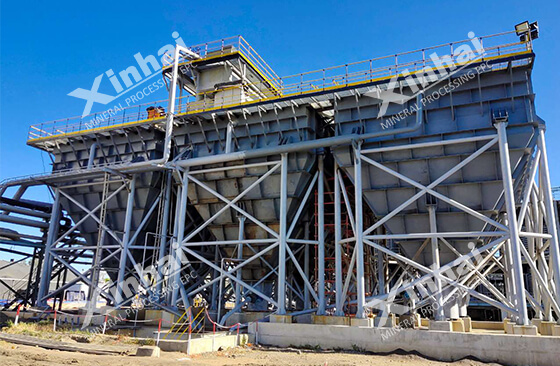
03Operational Expenditure (OpEx)
BackOnce the plant is operational, the operational expenditure includes the ongoing costs:
Raw Materials: The cost of chromite ore or other raw materials required for processing will be a significant ongoing expense.
Labor and Staffing: Salaries, benefits, and training for employees are essential for the smooth operation of the plant.
Maintenance: Regular maintenance of machinery and equipment is necessary to prevent downtime and ensure efficiency. This cost will vary depending on the complexity and age of the equipment.
Utilities: The cost of electricity, water, and other utilities required for the operation of the plant.
Marketing and Sales: Promoting the plant's products and establishing a customer base will incur marketing and sales costs.
Regulatory Compliance: Ongoing costs related to meeting environmental and safety regulations, including inspections, permits, and reporting.
04Risks and Contingencies
BackIn addition to the direct costs, it's essential to consider potential risks and contingencies that could impact the overall price:
Market Fluctuations: The price of chrome on the global market can fluctuate, affecting the return on investment.
Currency Exchange Rates: If the plant sources raw materials or sells products internationally, fluctuations in currency exchange rates can impact costs and revenues.
Technological Advancements: Rapid changes in technology can render existing equipment and processes obsolete, necessitating upgrades and additional investments.
Political and Regulatory Changes: Changes in government policies or regulations can affect the plant's operations and increase compliance costs.
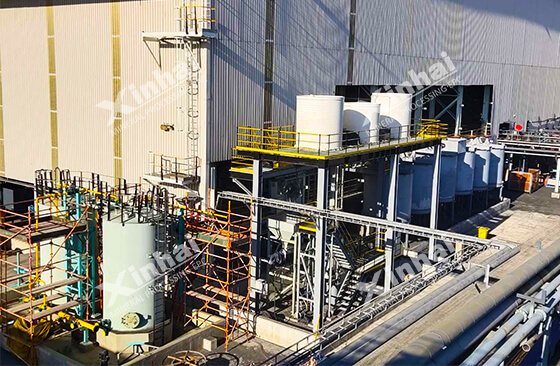
05Case Studies and Cost Estimates
BackWhile it's challenging to provide a precise cost estimate for building a chrome processing plant without specific details, we can look at case studies and industry reports to get a general idea of the investment required.
Small-scale chrome processing plants may cost anywhere from 1million to5 million, depending on the location and technology used.
Medium-scale plants with more advanced technology and higher production capacity can range from 10million to50 million.
Large-scale, state-of-the-art facilities with the latest environmental controls and automation can cost over $100 million to construct.
It's important to note that these figures are approximate and can vary greatly based on the factors discussed earlier.
06Conclusion
BackThe price of building a chrome processing plant is influenced by a multitude of factors, and the final cost will depend on the specific requirements of the project. A thorough feasibility study, careful planning, and consideration of all potential risks and contingencies are crucial for a successful investment. It is recommended that potential investors and developers collaborate with industry experts, financial advisors, and legal professionals to ensure that all aspects of the project are carefully considered and that the plant is designed to maximize efficiency, minimize environmental impact, and comply with all relevant regulations.
 +86 13810565920
+86 13810565920 xlyin@xinhaimining.net
xlyin@xinhaimining.net




 Message
Message Chat Now
Chat Now


